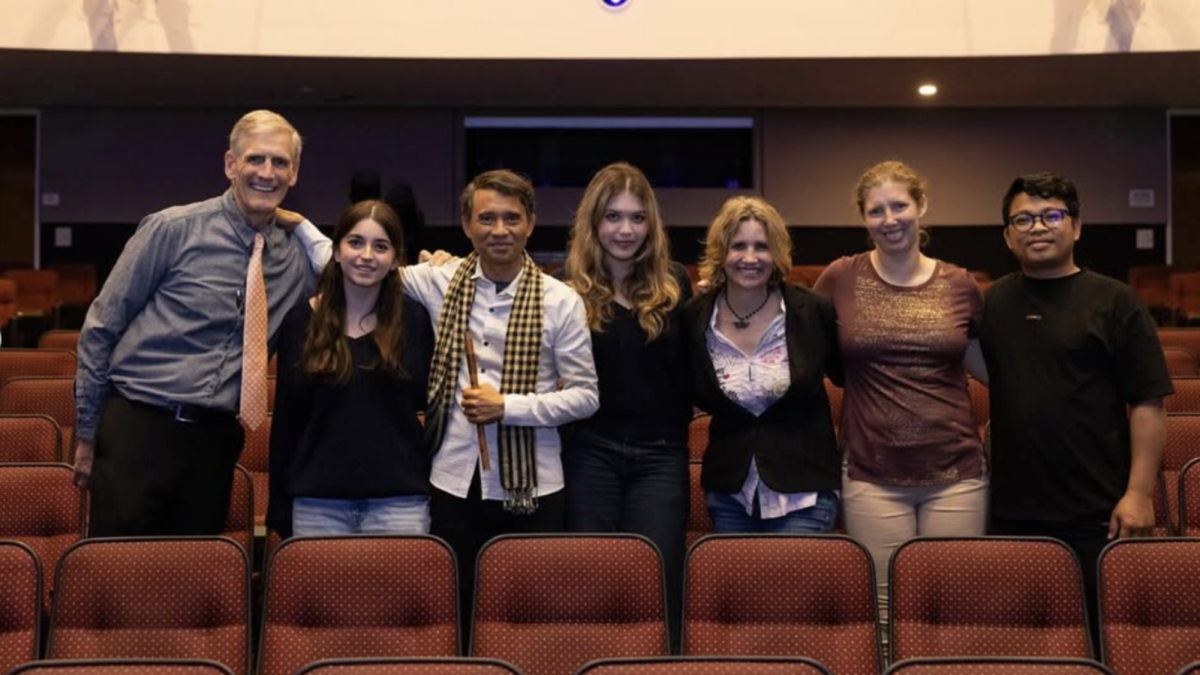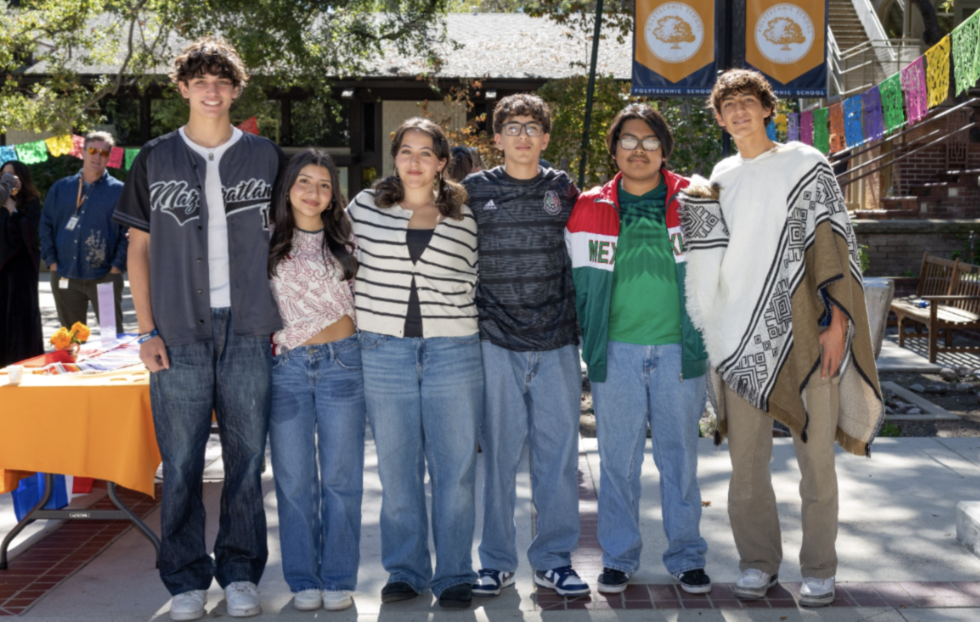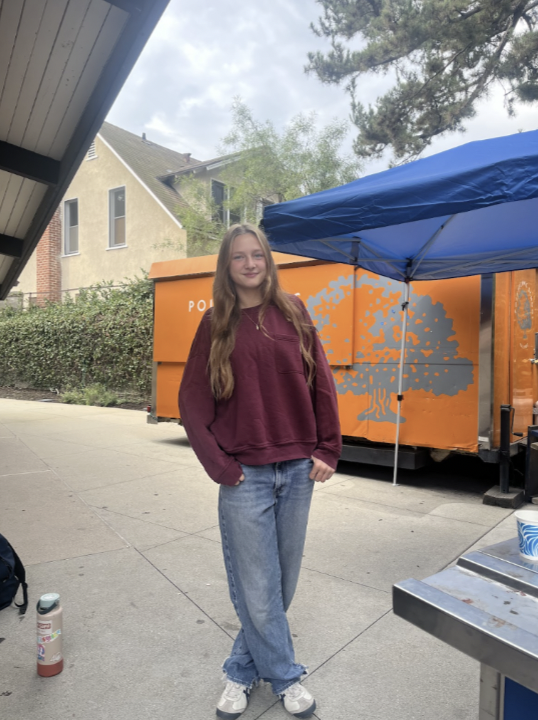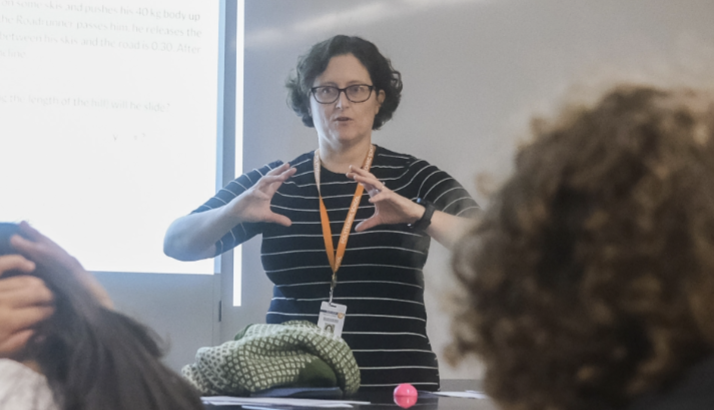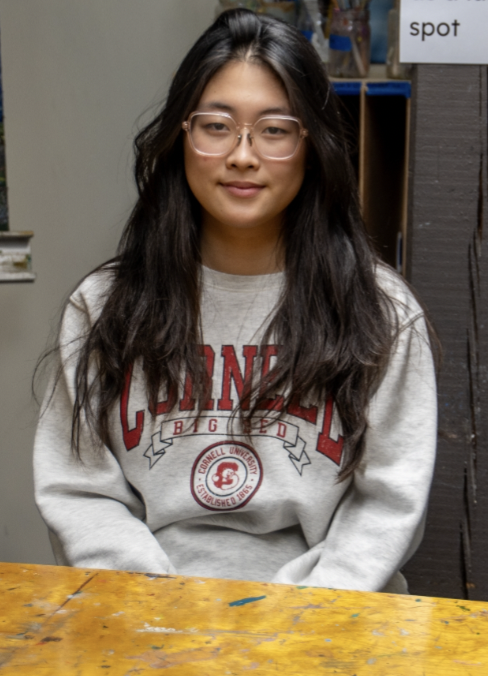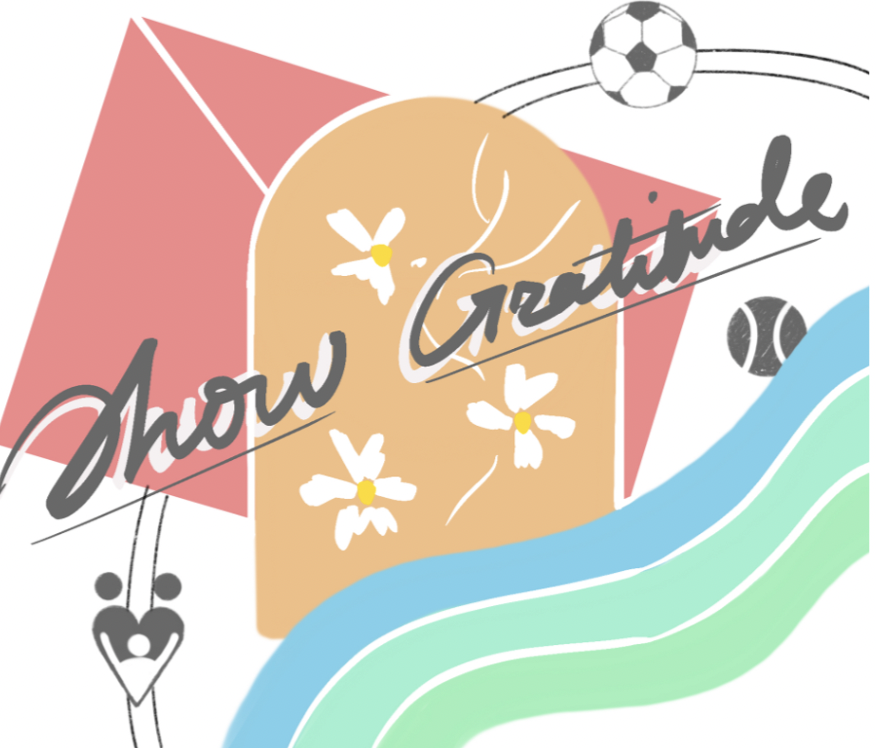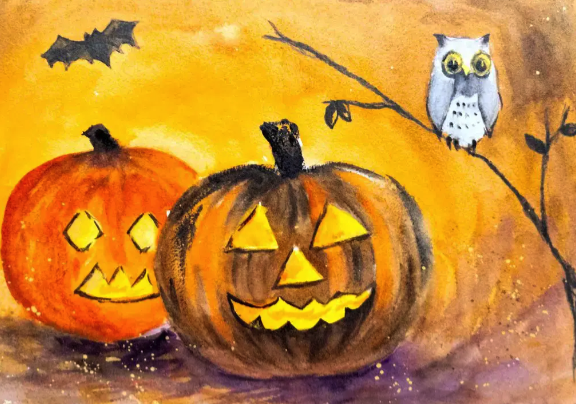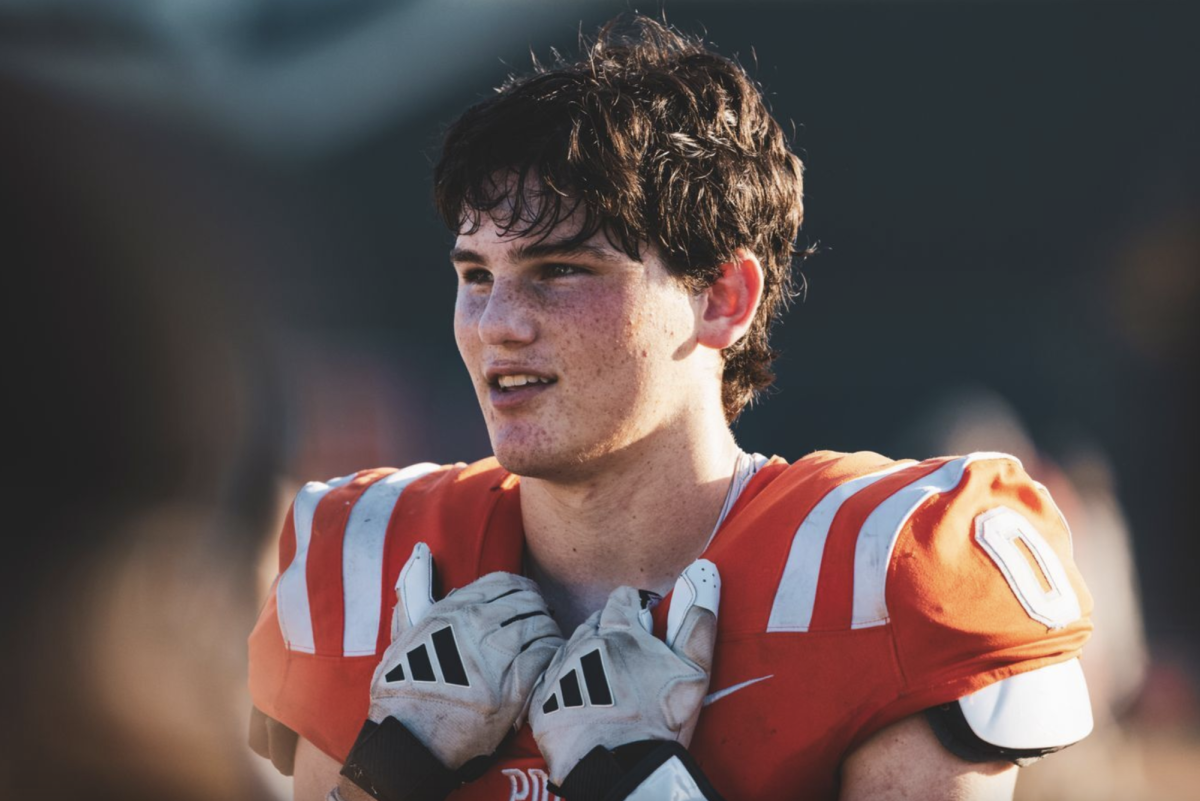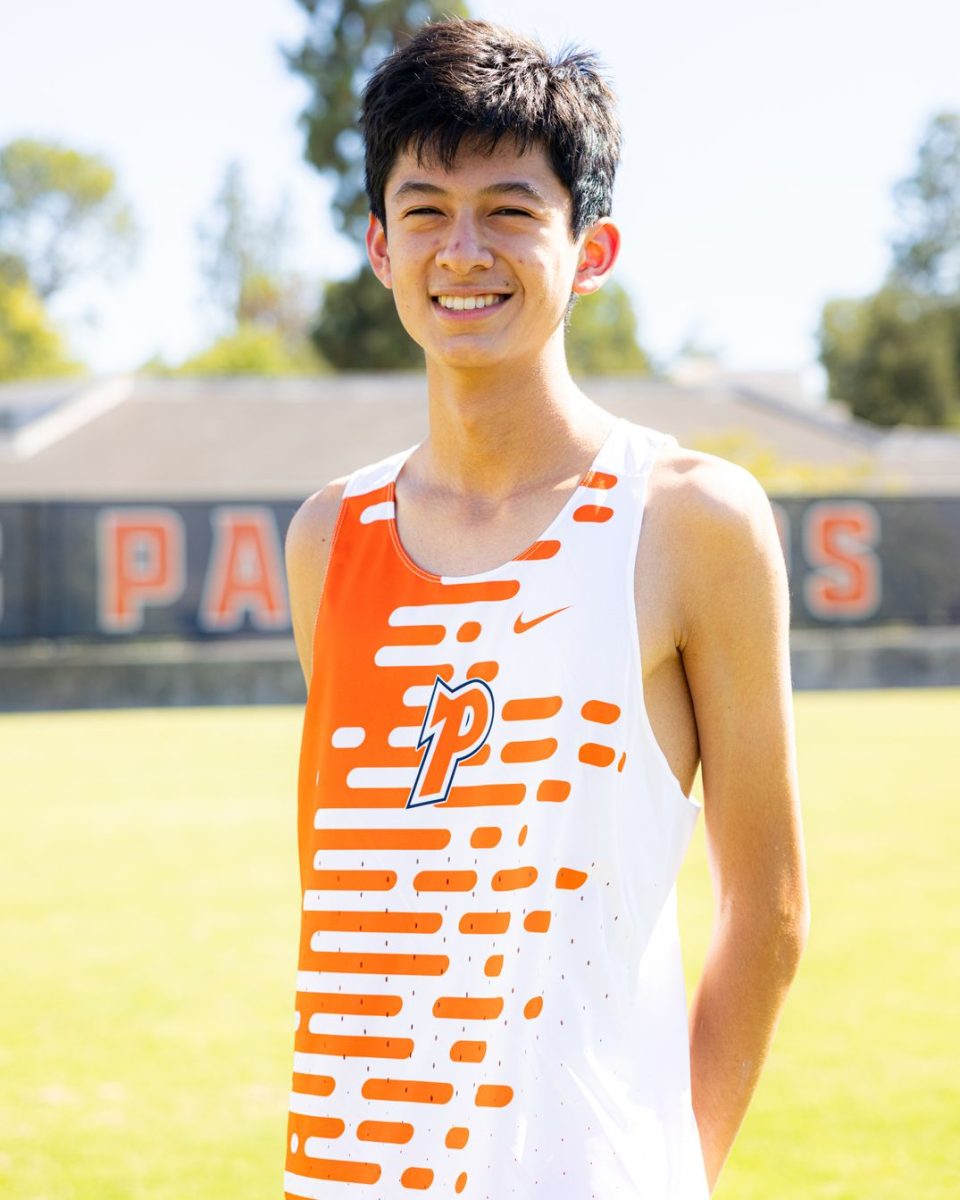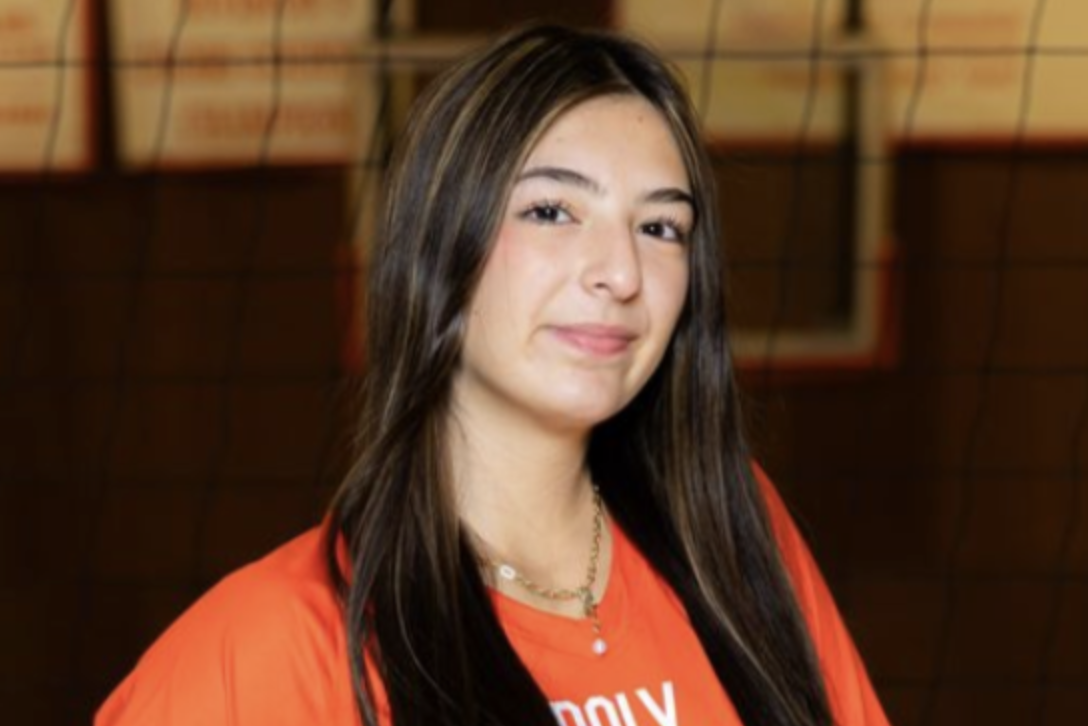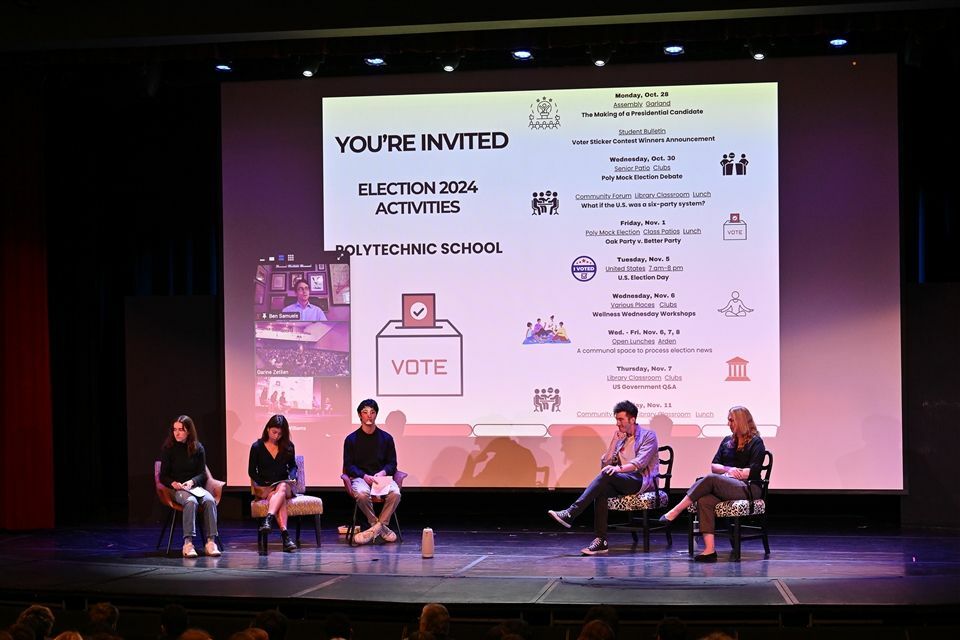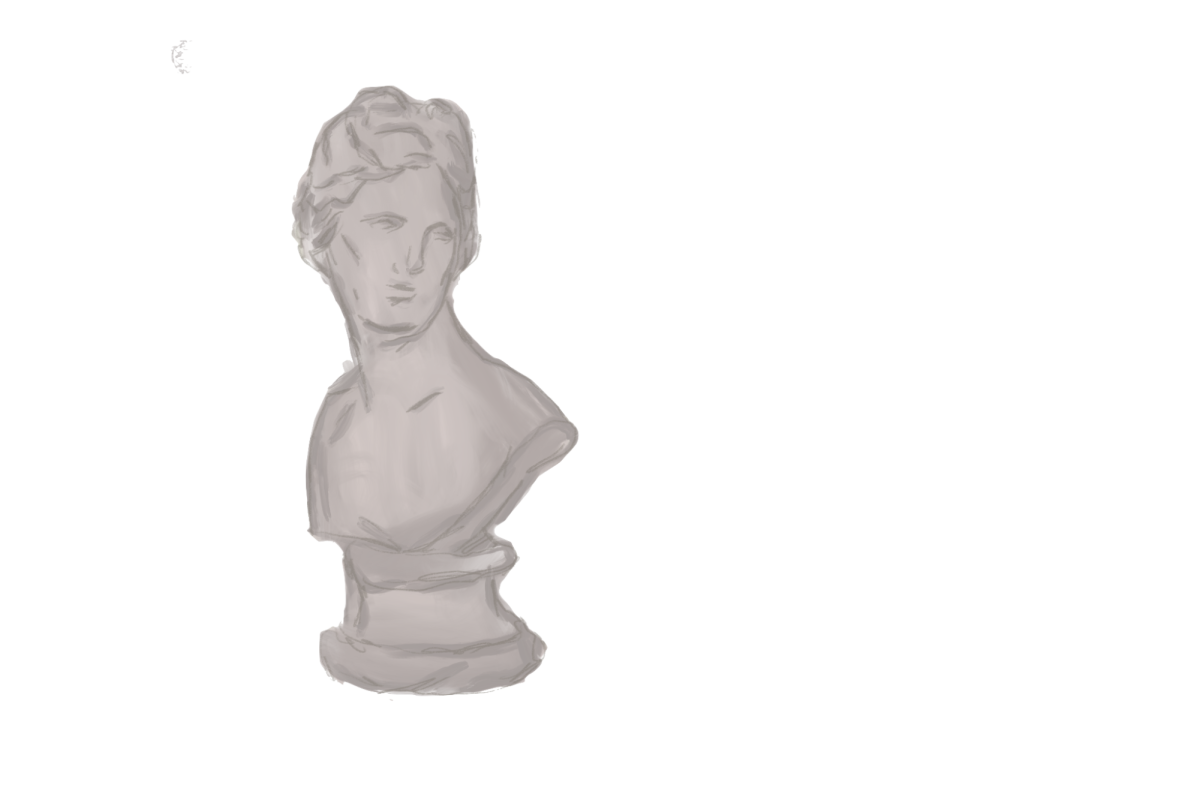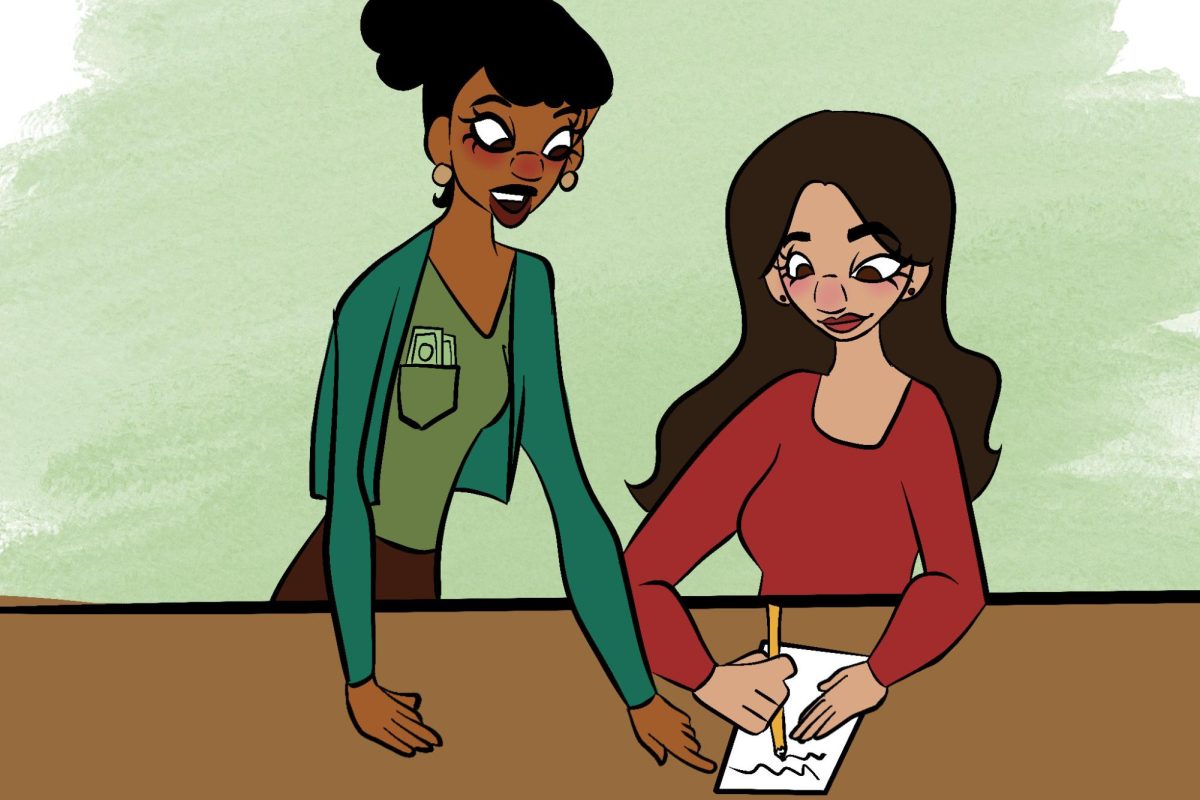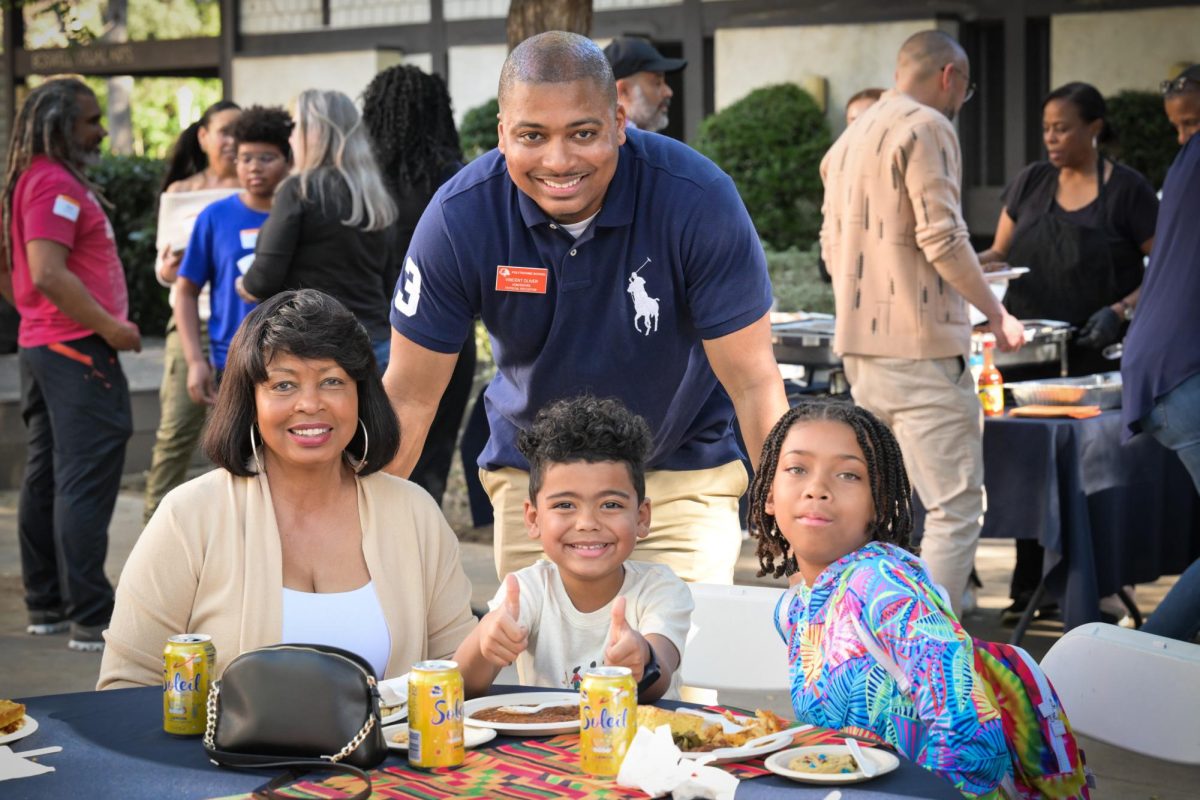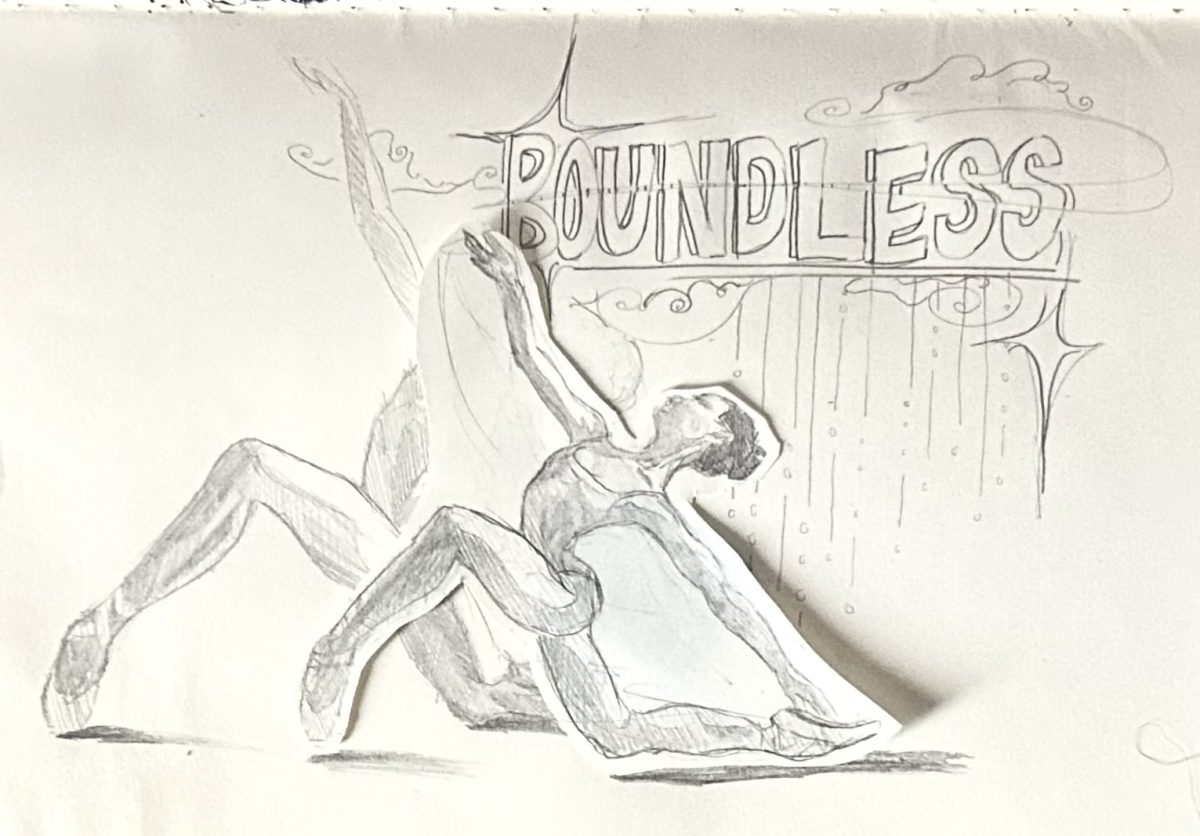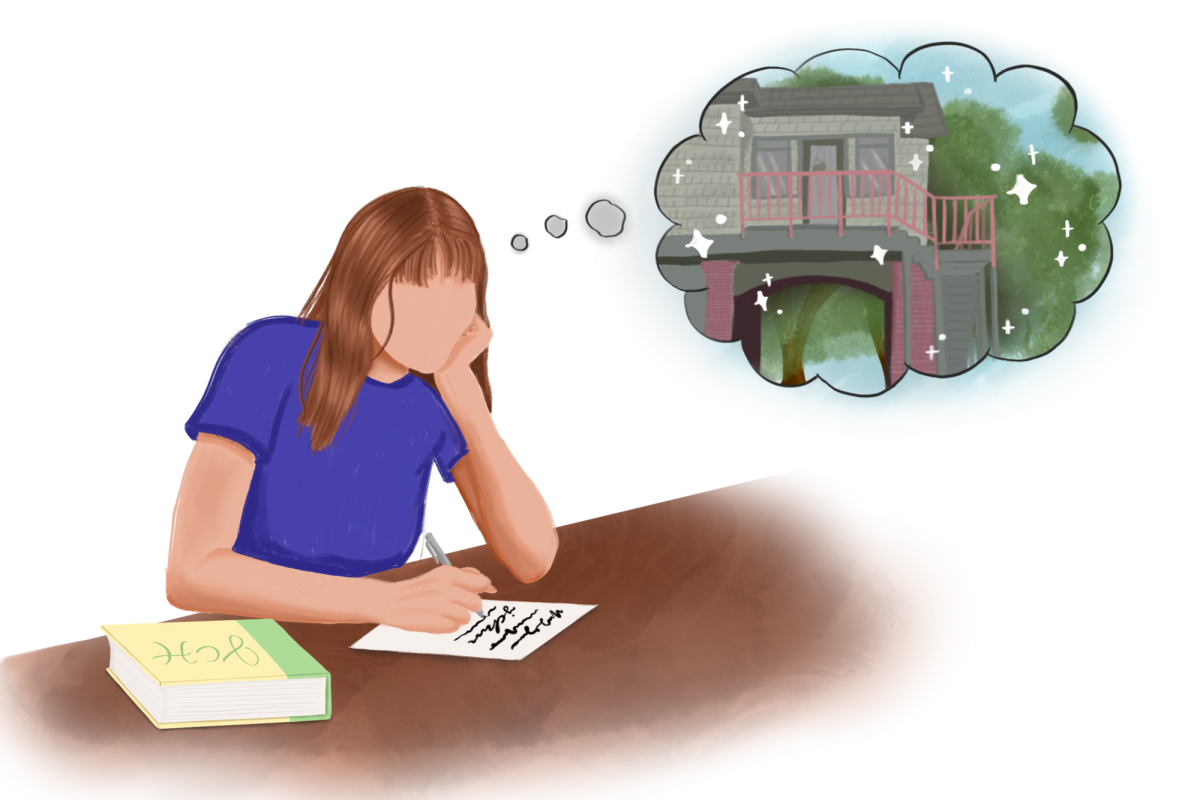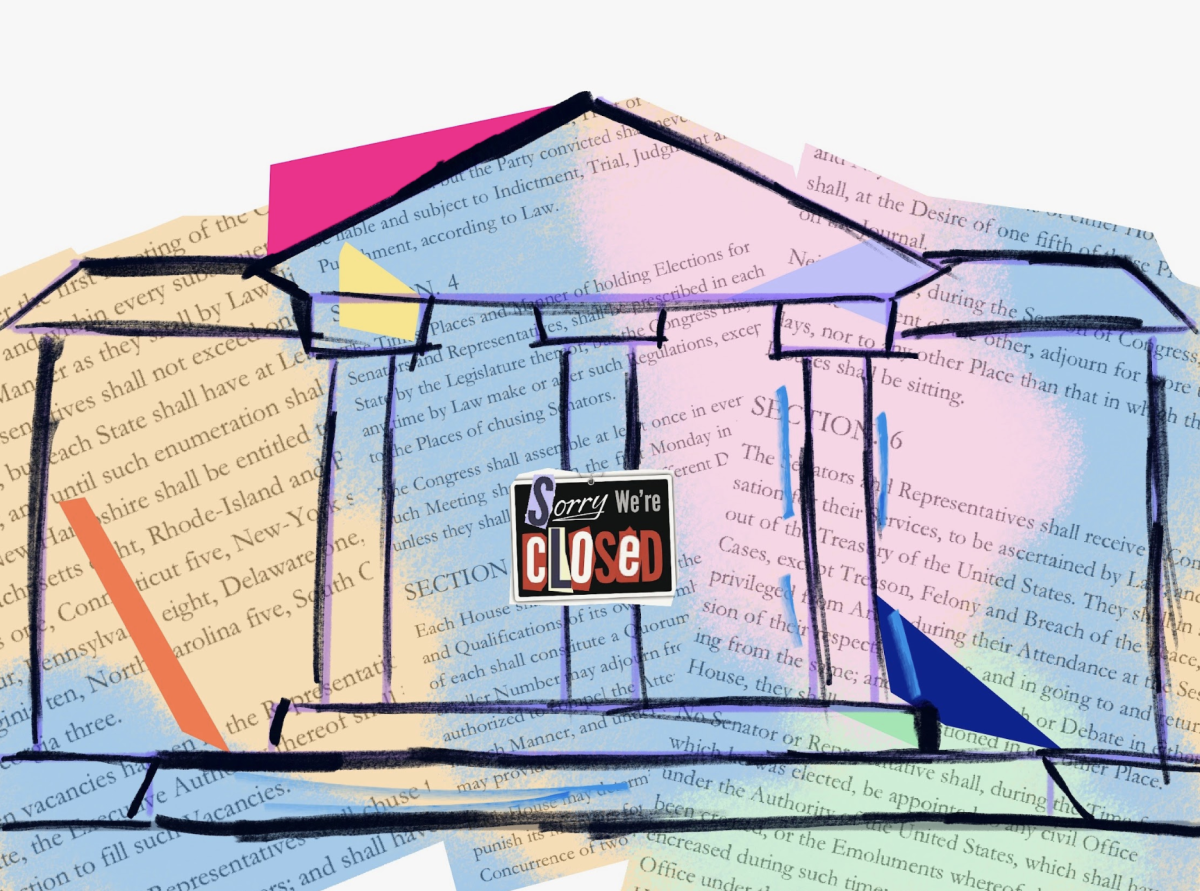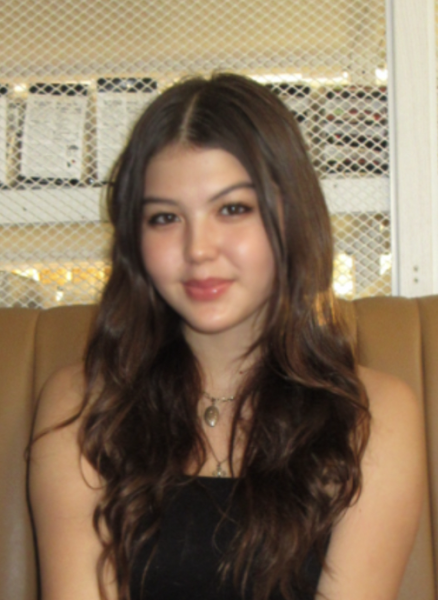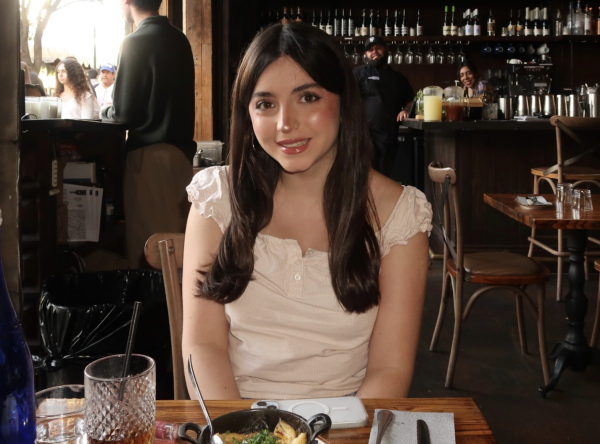Ancient ruins, living history and new friendships marked the journey of 12 Poly Upper School students who traveled to Italy over spring break as part of the biennial PolyGlobal trip. From Saturday, Mar. 22 to Thursday, Apr. 3, the group, led by Upper School Latin and World Religions Teacher Katie Schuhl and Middle School Latin Teacher Alexander Lessie, visited iconic sites such as the Roman Forum, the Colosseum and Tiber Island, gaining first hand insight into Italy’s rich culture and history.
“In a lot of these communities in Italy, the families have lived there for hundreds and hundreds of years, so that was an interesting difference to see the deep roots people had in their culture and their city,” added Lessie.
While the trip was open to all students, it was specifically geared toward Latin students, who had the opportunity to explore locations they had studied in class and apply their skills by reading Latin passages at various historical sites.
“I loved exploring the Vatican Museum, specifically the statue of Augustus of Primaporta,” shared sophomore Brynn Connolly. “It felt surreal seeing it in person after previously discussing the piece in Latin class.”
A homestay during the latter part of the trip also played a pivotal role in the program’s focus on community building, fostering cross-cultural connections between students from Poly and peers from the ISISS Giuseppe Verdi School in Valdobbiadene, who had visited Pasadena earlier in March.
“After showing the Italian students around our school last month, it was really cool to experience the other side of the exchange and see how their lives differ from ours,” noted sophomore Jessica Li.
The group’s excursion began in Rome, before they took a train and bus to Valdobbiadene. The group visited two schools, ISISS Giuseppe Verdi and Torquato Tasso, and attended classes in which Poly students could compare and contrast studying in the U.S. and studying in Italy.
“In terms of the Latin classes we observed, they focus more on important Latin literature and less on the grammar we do. These were interesting observations for me,” said sophomore and Latin student Emilio Doust.
“The students experiencing the places were really memorable for me. I saw students get excited about engaging in history, and especially the Latin students,” shared Schuhl.



